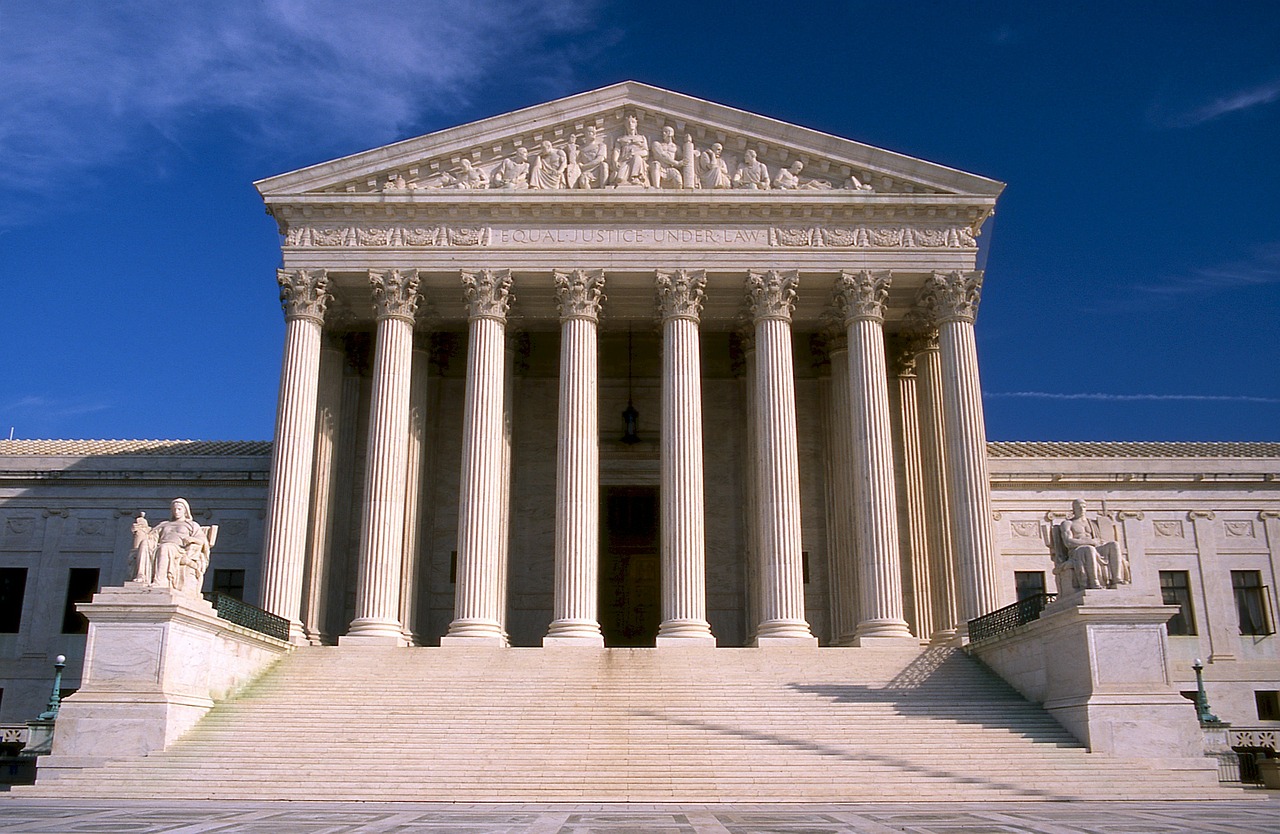The landmark case Dobbs v. Jackson Women’s Health Organization has the potential to be one of the most important cases to come before the Supreme Court in a generation. It is a clear and direct challenge to Roe v. Wade and subsequent cases that have built up an imaginary wall of protection around the so-called “right to choose.” As the nation waits for the court to deliver its ruling probably in late June, every pundit and scholar is speculating on the future of abortion in America.
During the oral arguments for the case, the High Court’s most senior Justice broke through all of the semantics of the debate with one very clear and direct question. Justice Clarence Thomas asked where the right to abortion is found in the U.S. Constitution.
U.S. Solicitor General Elizabeth Prelogar seemed baffled by the question, so Justice Thomas added more context. He said “If we were talking about the 2nd Amendment, I know exactly what we’re talking about. If we’re talking about the 4th Amendment, I know what we’re talking about, because it’s written. It’s there. What specifically is the right here that we’re talking about?”
When faced with the weight of Thomas’s question, Prelogar could only say that the right to abortion is “grounded in the liberty component of the 14th amendment” and “the right of a woman to be able to control… whether to carry that baby to term.” The discerning conservative should note one important word in her statement. Call it a Freudian slip, but Prelogar could not help but refer to the pregnancy as a “baby.” Though it was wrapped in layers upon layers of legal jargon, even President Biden’s Solicitor General had to admit that the ultimate question in the debate is whether or not to kill a baby.
No right to kill an innocent human being exists in the U.S. Constitution. Roe v. Wade was and still is a bad decision. It belongs in the same ash heap as Plessy v. Ferguson and Dred Scott v. Sandford. I applaud Justice Thomas for reminding America what we are talking about on the question of abortion.






